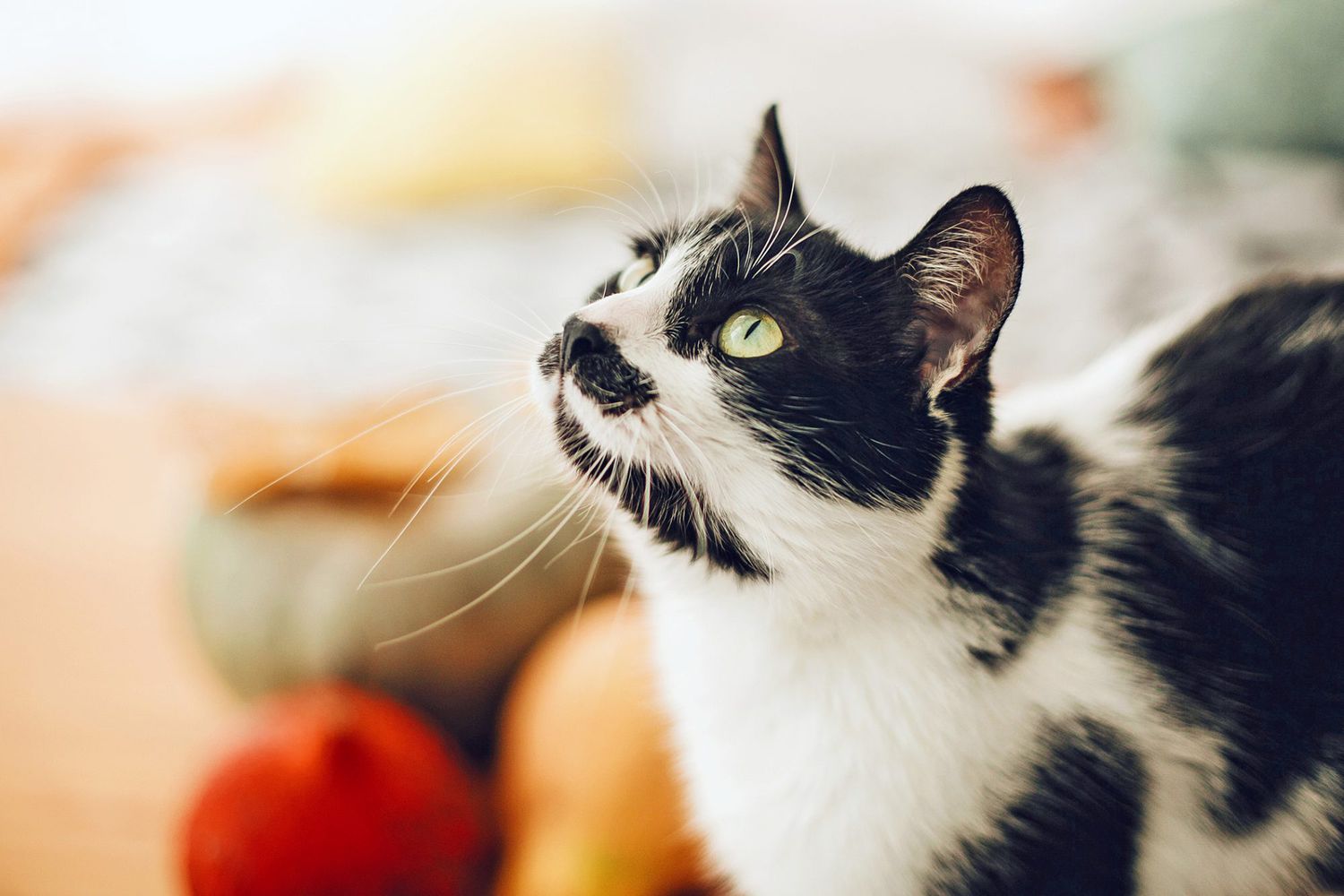The Psychology of Cat Litter Choice
The Psychology of Cat Litter Choice
Blog Article

Cat litter and litter boxes play an essential function in the lives of both felines and their owners. From the humble beginnings of sand and soil to the ingenious advancements these days, the world of cat litter has actually evolved considerably. In this detailed guide, we dive into every element of cat litter and litter boxes, exploring their history, types, benefits, challenges, and everything in between.
The history of cat litter dates back centuries, with ancient civilizations utilizing sand, soil, and even ashes as primitive litter materials. However, it wasn't till the mid-20th century that modern-day cat litter as we understand it emerged. In 1947, Edward Lowe presented the world's very first business cat litter made from absorbent clay, revolutionizing the way cats relieved themselves indoors. Ever since, cat litter has gone through various improvements, with the intro of clumping litter, silica gel litter, biodegradable choices, and more.
Today, feline owners are ruined for choice when it comes to choosing the best litter for their feline buddies. Traditional clay litter stays popular for its cost and effectiveness in absorbing odors. Clumping litter, which forms strong clumps when wet, streamlines cleaning and maintenance. Silica gel litter, composed of extremely absorbent silica crystals, uses remarkable smell control and durability. Biodegradable choices, such as recycled paper, wood pellets, corn, and wheat, attract ecologically mindful consumers.
Each type of cat litter uses special benefits. Clay litter masters its ability to soak up wetness and control odors, making it a reputable choice for many feline owners. Clumping litter streamlines day-to-day scooping and extends the time in between complete litter modifications. Silica gel litter supplies exceptional smell control and can last longer between replacements. Biodegradable litters use a sustainable alternative that minimizes ecological effect.
While cat litter cat litter robot enhances indoor feline health, it is not without its difficulties. Dust from clay litter can position breathing dangers for both cats and human beings, prompting the appeal of dust-free options. Some felines may establish litter box aversion due to problems with texture, scent, or tidiness, necessitating experimentation with various litters and box configurations. Multi-cat homes may need tactical litter box placement and regular upkeep to prevent territorial disagreements and guarantee all cats have access to tidy centers.
Selecting the proper litter box is important for promoting favorable litter box habits and general feline well-being. Elements to consider consist of size, ease of access, and style preferences. Covered litter boxes cat litter robot offer privacy and assistance contain odors, but some cats might find them restricting or daunting. Open-top litter boxes offer simple access and visibility however may result in more litter scatter. Automatic self-cleaning litter boxes simplify upkeep but require regular tracking and maintenance.
Proper litter box maintenance is vital for ensuring a tidy and welcoming environment for both cats and their owners. Daily scooping eliminates waste promptly, lessening smell and discouraging litter box aversion. Regular litter replacement, usually every 1-2 weeks, avoids bacterial buildup and preserves optimal absorbency. Extensive cleansing with mild detergent and water, preventing extreme chemicals that may deter cats from using package, ought to be carried out monthly.
Cat litter and litter boxes play a central function in fostering a healthy Covered Litter Boxes and harmonious relationship in between felines and their human companions. With a varied range of litter choices and litter box styles offered, feline owners have the versatility to tailor their choices to match their felines' preferences and household needs. By comprehending the advancement, types, advantages, and challenges of cat litter and litter boxes, pet owners can offer their feline pals with a comfy and sanitary indoor environment.